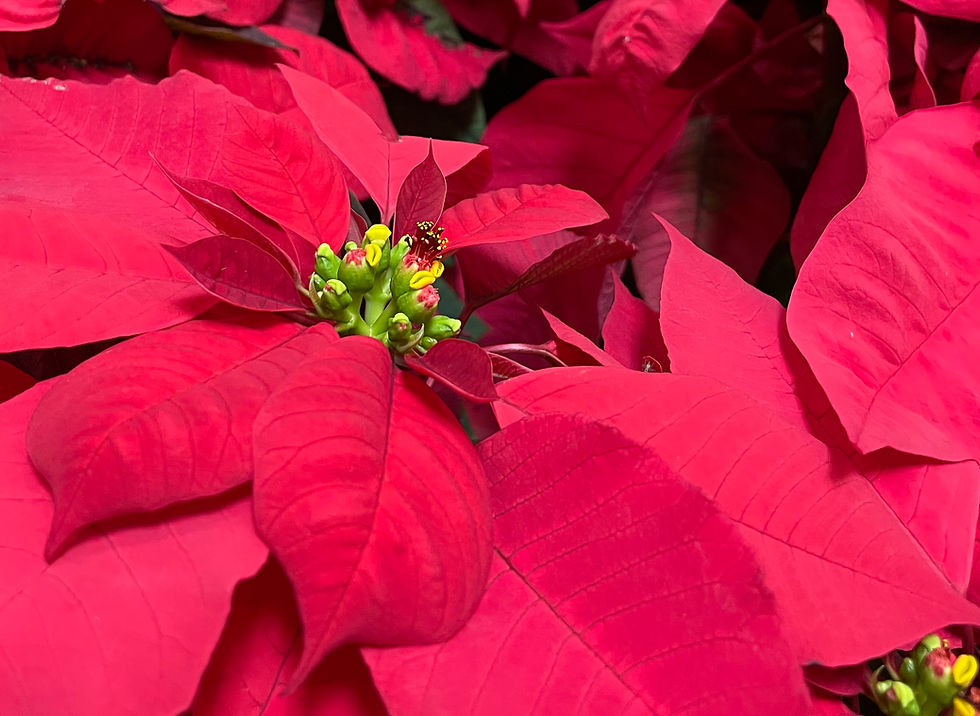Anita’s Blog – July Honors Moths
- jjvanm
- Jul 3, 2025
- 3 min read

National Moth Week July 19 - 27, 2025
Volunteer Opportunities abound – read on.
Four years ago, I learned about mothing, thanks to a friend in the South Texas Border Chapter of the Texas Master Naturalist.
Mothing is the art of attracting moths at night. I won’t go into a lengthy lecture on the variety and beauty of moths, but mothing continues to be a fascinating – if not somewhat addicting – pastime for me.
Our chapter Webmaster extraordinaire, Joseph Connors, spider expert, awesome macro photographer and moth aficionado, helped me set up my initial experience via e-mails during the early COVID weeks. My set up was haphazard with ladders, sheets scrounged from the drop-cloth pile and a shop light frame from my husband’s shop; it was primitive, but successful.
Joseph wrote an excellent tutorial for our chapter website that year about mothing. Check it out: https://www.stbctmn.org/post/mothing
Other information is at the National Moth Week link: https://nationalmothweek.org/\
My husband quickly assessed the activity I was intrigued with and as per his usual skill, figured how to make it easier for me. He constructed a moth sheet frame with two by fours. The first frame was quite elaborate and large. Although great, it was heavy and nearly carried me off during the windy times when I would move it around. Since then, he’s built a new frame each spring with a clean sheet. This year the frame is 4 feet by 4 feet; easily large enough to attract a lot of activity. This frame uses 1 by 4s and is nicely light weight. Two large eyehooks at the top back and a bungie cord secure it to a large mesquite tree.

My set up is remarkably simple: Three black light bulbs screwed into shop lamps clamped to my old tripod aimed at the framed white sheet. One black light would do, but I have three, so I use them. During moth week, I will use two of the lights elsewhere.
You might wonder what’s so fascinating about moths. For one, they’re beautiful. For another, the black lights invite an amazing array of night-fliers as well as hundreds of interesting moths. Two days ago, I uploaded 48 different species onto iNaturalist.org. More than half were old friends, like my favorites: Tiger Beetles, like the saltmarsh tiger beetle showcased above, and below, little mesquite cicada, red-shouldered stink bug – really, they’re pretty; the hairy panther ant – a Texas special; the Texas unicorn – ok, it’s a mantis, Texas Unicorn Mantis and good-looking; and the four-spotted mantidfly with the *kaleidoscope eyes. A giant Texas-sized mosquito showed up – ok, not really, it’s a Toxorhina magnal, a crane fly, sometimes called a mosquito hawk. They don’t bite and they don’t eat mosquitoes. (Photos below by Anita Westervelt)
Attracting night flying insects with a black light and white sheet allows for great photography and good identification via the iNaturalist.org so you can study what you’re living amongst – or rather what goes on in your yard after the sun goes down (while you’re indoors totally unaware).
I periodically move the moth sheet to different areas of the yard. For moth week in July, I will set up more stations.
Volunteer opportunity. Here’s how you may earn volunteer hours: Check with your favorite local park and see if they are doing any special night activity during moth week and volunteer to assist. No experience is necessary – read up a little about setting up a home station (at the above links) and where you can find the black lights (hint, Amazon, Home Depot). Sheets can be bought at estate sales and resale stores, like Goodwill. Put the iNaturalist app on your mobile phone. Learn how to use it. In the field at your volunteer station, take a photo of the critters that arrive at the moth sheet and let iNat identify them. Tell the visitors the name of the night critter they’re looking at. Easy peasy!
More Volunteer Hours: Join the project on iNaturalist.org. Go to Projects, type in National Moth Week 2025 at the search block, go to National Moth Week 2025 (for participants) and click on “join.” For Texas Master Naturalist members, keep track of your time observing and uploading species. Anyone may join the iNaturalist.org project at www.iNaturalist.org.
Oh, hundreds of moths come to the moth sheet, too, of course, like the colorful Orange Virbia, the arty Interrupted Lineodes and the stealth-bomber-esq Faint-spotted Palthis. (Photos below by Anita Westervelt)
Join the fun, earn volunteer hours or visit the special night programs and earn Advanced Training hours.
* From the lyrics of a 1967 Beatles song, “Lucy in the Sky with Diamonds.”
- 30 –























